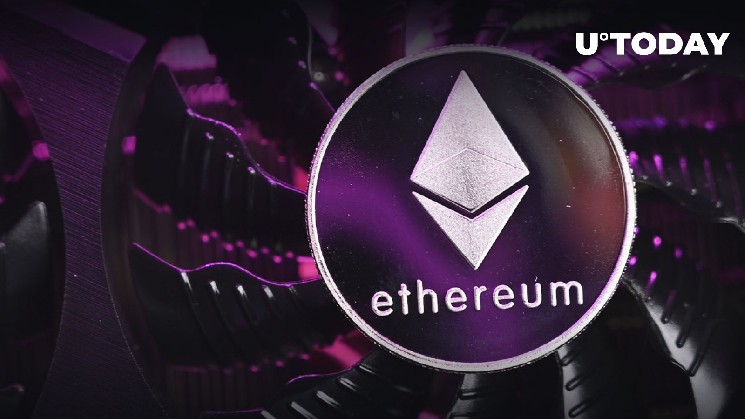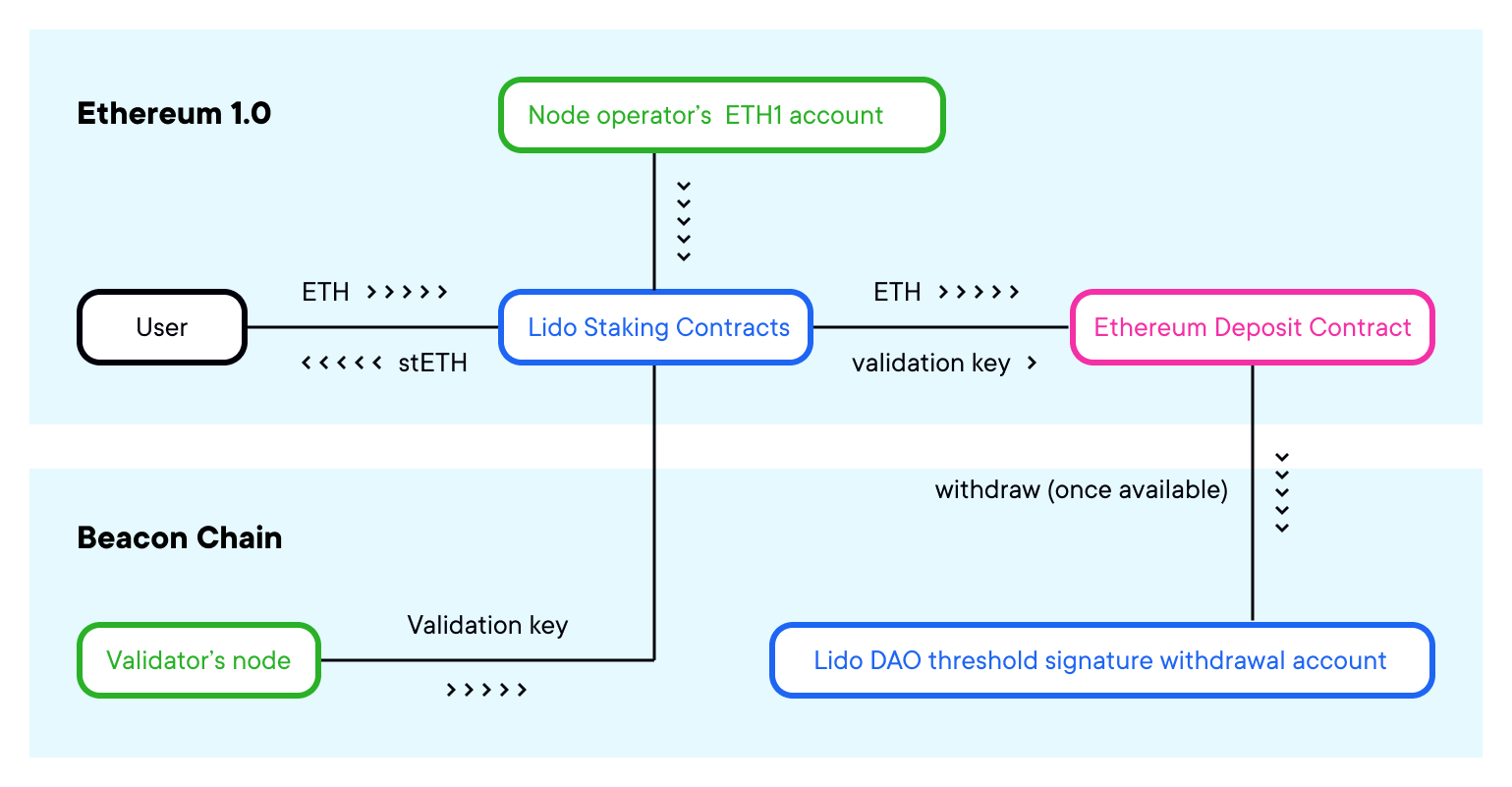Here’s Major Flaw in Ethereum’s Decentralization After Merge

The Ethereum Merge was the biggest and most fundamental update for Ethereum in the network’s history. However, the decentralization of the network may have taken a hit, considering the suspicious holder distribution and the questionable nature of the biggest Ethereum investor on the market.
Lido’s «decentralized model»
It is not a secret that Lido Finance is one of the biggest holders of «new» Ethereum that functions purely on the PoS model. But Lido itself has a certain financial model where the staking rewards received by the pool are not being sent out to delegators as they are.

Instead, Lido keeps all the rewards and sends stETH to delegators instead, which technically makes Lido a centralized ETH holder that can use it later without users’ consent. With non-staked Ethereum being burned and rewards going to one entity, the decentralization of Ethereum is being questioned.
Paid out stETH tokens are not getting burned either, which is another factor that speaks in favor of centralization. Unfortunately, users will not be able to take control of their own ETH until staking contract withdrawals are allowed.
Lido’s staked ETH causing turmoil on market
Back in June, the market was on the verge of a catastrophe after the staked ETH token started losing parity with spot Ethereum due to liquidity issues and the TerraUSD catastrophe. Despite having one of the deepest liquidity pools on the market, relatively moderate selling volume was enough to crash the value of the token issued by Lido.
Potentially, the crash of stETH can cause bigger turmoil on the market than the TerraUSD situation, considering the volume of tokens investors are holding right now.






 Bitcoin
Bitcoin  Ethereum
Ethereum  Tether
Tether  USDC
USDC  TRON
TRON  Dogecoin
Dogecoin  Cardano
Cardano  Bitcoin Cash
Bitcoin Cash  Chainlink
Chainlink  LEO Token
LEO Token  Stellar
Stellar  Litecoin
Litecoin  Hedera
Hedera  Monero
Monero  Dai
Dai  OKB
OKB  Cronos
Cronos  Ethereum Classic
Ethereum Classic  Gate
Gate  Cosmos Hub
Cosmos Hub  VeChain
VeChain  Algorand
Algorand  KuCoin
KuCoin  Stacks
Stacks  Tether Gold
Tether Gold  Theta Network
Theta Network  Zcash
Zcash  IOTA
IOTA  Tezos
Tezos  TrueUSD
TrueUSD  NEO
NEO  Polygon
Polygon  Decred
Decred  Dash
Dash  Qtum
Qtum  Zilliqa
Zilliqa  Ravencoin
Ravencoin  Synthetix Network
Synthetix Network  Basic Attention
Basic Attention  0x Protocol
0x Protocol  Siacoin
Siacoin  Holo
Holo  DigiByte
DigiByte  Enjin Coin
Enjin Coin  Nano
Nano  Ontology
Ontology  Status
Status  Waves
Waves  Hive
Hive  Lisk
Lisk  Pax Dollar
Pax Dollar  BUSD
BUSD  Steem
Steem  Numeraire
Numeraire  Huobi
Huobi  OMG Network
OMG Network  NEM
NEM  Bitcoin Gold
Bitcoin Gold  Ren
Ren  HUSD
HUSD  Augur
Augur